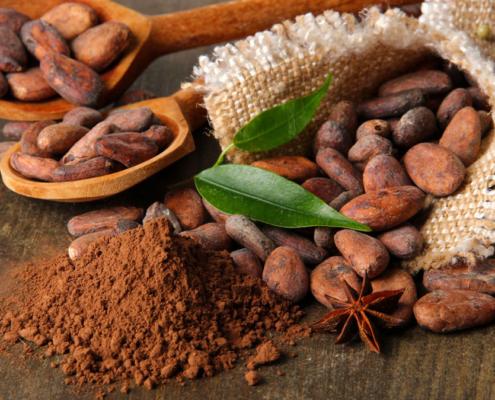History of Mayan Cacao, Ceremonial cacao is a type of chocolate that is used in various spiritual and ceremonial practices. The use of cacao in ceremonial contexts has a long history, dating back to ancient Mesoamerican cultures such as the Mayans and Aztecs, who believed that cacao was a gift from the gods and used it in religious rituals.
But like with the ancients, cacao ceremonies are more traditionally performed as a communal group experience, with a trained cacao facilitator or shaman leading the experience to promote inspiration and human connection.
The difference between regular cacao and ceremonial grade cacao is the way it has been processed and prepared. For ceremonial cacao, the processing is kept as minimal and pure as possible. Freshly harvested beans are fermented and then dried, but never roasted.
History of Mayan Cacao
Today, ceremonial cacao is still used in a variety of spiritual practices, including some forms of modern shamanism, and is often consumed as a beverage in a ceremonial setting. It is believed that consuming cacao in this way can help to open the heart, release emotions, and connect to the spiritual realm.
Guatemala cacao
Guatemala is known for its rich tradition of ceremonial cacao, particularly among the Mayan people. The Mayans have used cacao in their spiritual practices for thousands of years, and it is considered a sacred plant in their culture.
Ceremonial cacao is often consumed as a beverage, which is made by grating and mixing the cacao beans with water and other ingredients such as cinnamon, vanilla, and chili pepper.
The cacao is then consumed in a ceremonial setting, often in the presence of a Mayan spiritual leader or shaman who leads the ceremony and explains the spiritual significance of the cacao.
Ceremonial cacao is also an important cultural and economic resource for the people of Guatemala, and it has been used as a tool for economic development and cultural preservation.
Some organizations in Guatemala work to promote the cultivation and consumption of ceremonial cacao as a way of preserving Mayan culture and supporting local communities.
This tradition of the ceremony is still alive in the region and is part of the rich cultural heritage of the country.


 Lake Atital travel Services
Lake Atital travel Services Lake Atitlan Tours and Travel Services
Lake Atitlan Tours and Travel Services